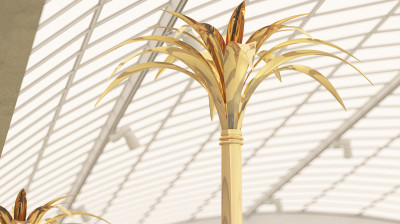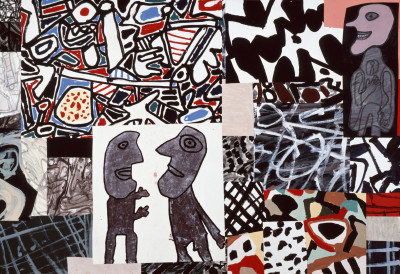Giorgio Morandi at the Estorick Collection
Giorgio Morandi at the Estorick Collection
By Sam Phillips
Published 2 February 2013
Everyday items become remarkable at the hands of one of the great 20th century still life artists.
-
Bologna-born Giorgio Morandi was arguably the finest painter of still lifes in the 20th century. He represented arrangements of bottles on a table in simplistic perspective and muted palette, but somehow – without trickery – he always achieved a kind of alchemy, by which such everyday items became endowed with a spiritual aura once on the canvas. Encountering a Morandi painting can be a mesmeric experience. In the words of his friend, the Italian proto-Surrealist Giorgio de Chirico, Morandi “looks at a collection of objects set on a table top with the emotion that shook the heart of the traveller in ancient Greece when he gazed upon woods, valleys and mountains believed to be the realm of beautiful and surprising deities.”
-

Giorgio Morandi, Still Life with Drapery to the Left, 1927.
Etching. 24.9 x 35.8 cm. Vitali 31. Galleria d’Arte Maggiore, Bologna.
-
For the first exhibition of its 15th-anniversary year, Islington’s Estorick Collection explores another side to the Italian artist’s output: his works on paper. Around 80 etchings, drawings and watercolours are on view at the gallery, comprising one of the largest ever surveys of Morandi’s graphic output outside his native country. It came as a surprise to me to learn how enthusiastically Morandi put down his brush in order to make prints; he was Chair in Printmaking at Bologna’s Accademia di Belle Arti for more than two decades, and throughout his career constantly played with the possibilities of the medium.
-

Giorgio Morandi, Savena Landscape, 1929.
Etching. 25.3 x 24.8 cm. Vitali 57. Galleria d’Arte Maggiore, Bologna.
-
As an admirer of his paintings, the key question in my mind was whether in black etched lines his prints could evoke the same timeless, luminous quality as his canvases. One or two works did hit those heights; etching Still Life with Drapery to the Left (1927), less abstracted than some of his other works, uses white highlights to give the sumptuous atmosphere of natural light falling through the window.
But, in general, the prints bring to the fore different examples of Morandi’s expertise than his paintings. His skill for structure and the interplay of objects in space is heightened in his etchings, in such pieces such as Savenna Landscape (1929), where a view over a riverside village in Emilia-Romagna appears as a tessellation of interlocked hatched shapes.
One also senses the artist felt able to experiment more freely in the medium. His prints range from an emphasis on the expressive possibilities of etched lines, in the delicate, emotive Zinnias in a Striped Vase (1929), to an exercise in geometric abstraction in Still Lives of Vases on a Table (1931), in which a handful of bottles in the foreground of a large group go completely un-etched, their shapes whited-out starkly against the dark background objects.
-

Nino Migliori, Imagined Landscapes - The Places of Morandi, 1985.
Digital Print. 50 x 50 cm. Courtesy Galleria d’Arte Maggiore G.A.M., Bologna (Italy).
-
Four seldom-seen late watercolours at the end of the show demonstrate similar boldness. In Still Life (1960), very minimal areas of blue, brown and pink pigment describe a scene. To indicate the influence Morandi’s innovations had on a wide array of Italian artists, the final room also features a series of images (1985) of Comune di Grizzana Morandi – the rural area where he lived, renamed after the artist – by Nino Migliori, one of the country’s leading photographers. Migliori took Polaroids of the village and then scratched their surface with pointed implements and his fingernails while the images were still developing. The result is marks across the landscapes that look painterly, like gestural dashes of oil, especially once the Polaroids are blown up into the digital prints on view. Morandi would have approved.
-
Giorgio Morandi: Lines of Poetry will be at the Estorick Collection of Modern Italian Art until 7 April 2013
-
-
Enjoyed this article?
Become a Friend to receive RA Magazine
“As well as free entry to all of our exhibitions, Friends of the RA enjoy one of Britain’s most respected art magazines, delivered directly to your door.
Why not join the club?”
-







